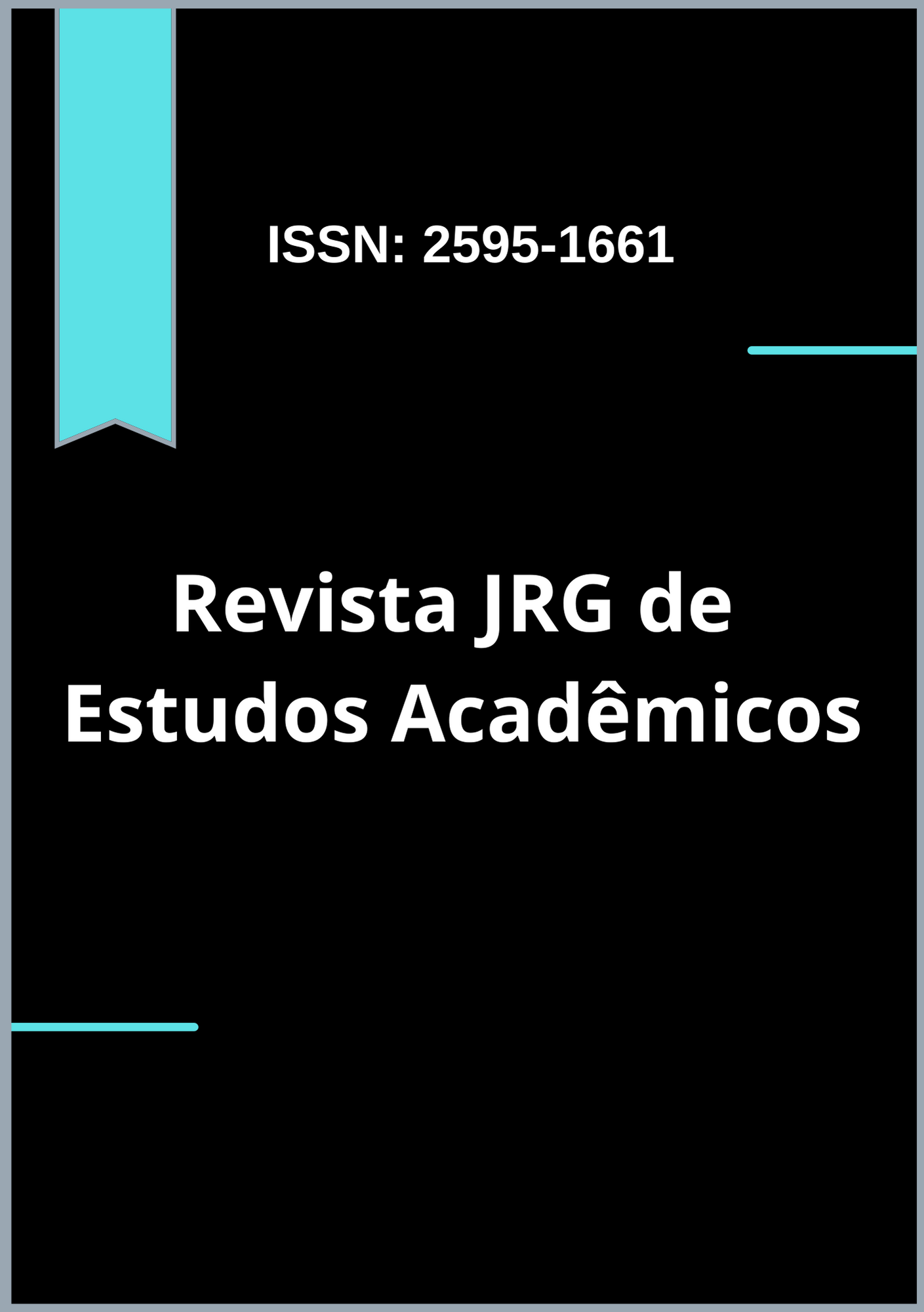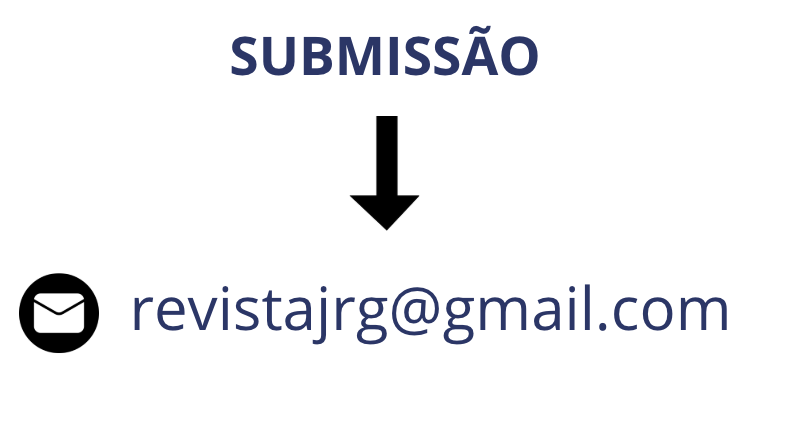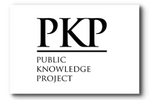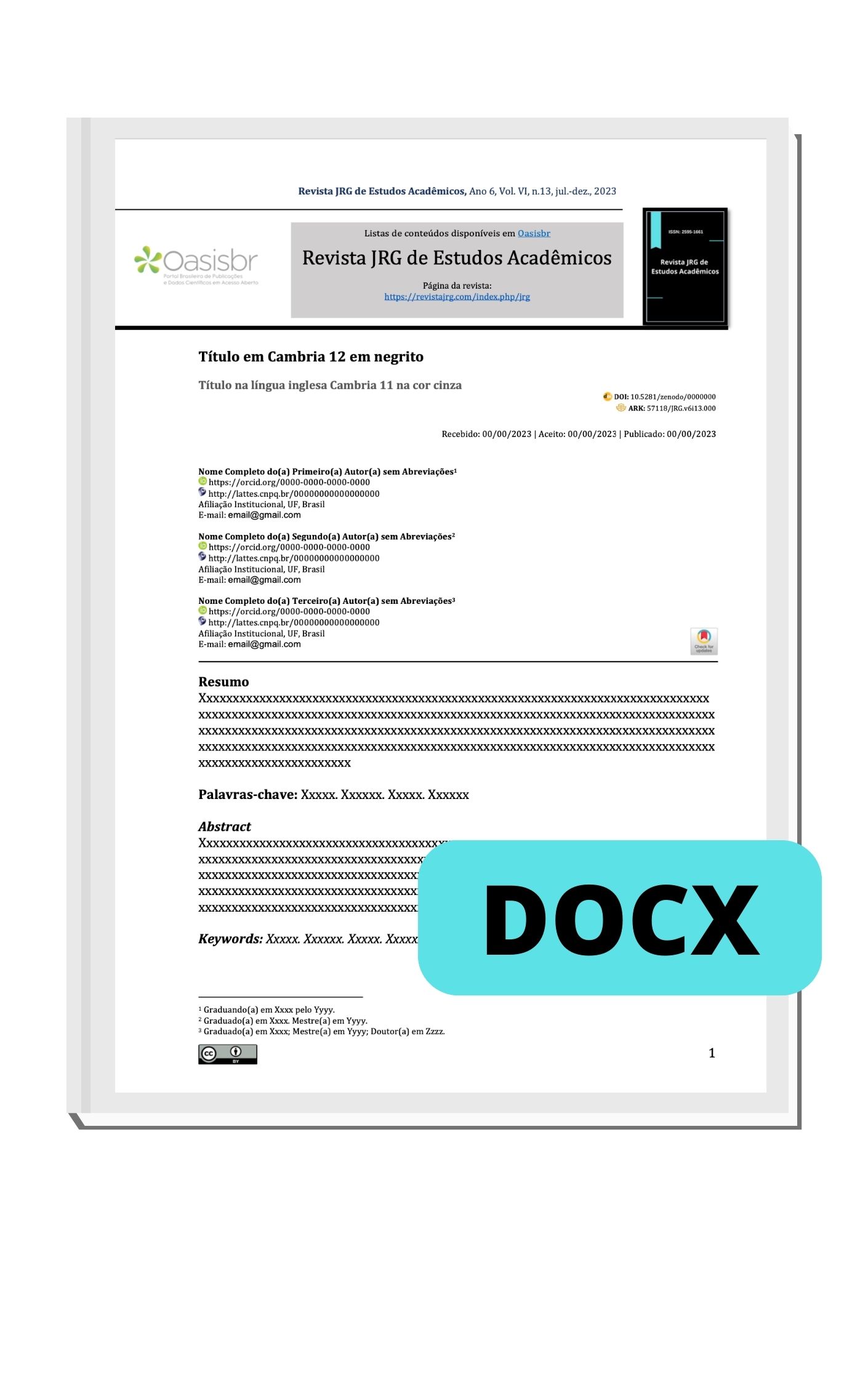Impact of professional qualification on aviation operational safety
DOI:
https://doi.org/10.55892/jrg.v8i19.2494Palabras clave:
Aviation; Operational Safety; Professional Qualification; Competency-Based Training; Human Factors.Resumen
This literature review critically analyzed the impact of professional qualification on aviation operational safety, considering pilots, cabin crew, maintenance technicians, and organizational programs. The search was carried out in international databases such as PubMed/MEDLINE, Scopus, Web of Science, and IEEE Xplore, in addition to institutional documents from ICAO, IATA, EASA, and FAA, covering publications between 2015 and 2025 as well as relevant classical references. A total of 49 studies and normative documents were included, comprising 28 scientific articles and 21 institutional reports or manuals. The findings showed that contemporary training models such as Competency-Based Training and Assessment (CBTA) and Evidence-Based Training (EBT) are more effective in pilot preparation, while Crew Resource Management (CRM) proved essential for strengthening non-technical skills. Upset Prevention and Recovery Training (UPRT) demonstrated relevance in mitigating Loss of Control-In Flight (LOC-I), and programs focused on human factors, such as MLOSA and MOSS, were effective in aircraft maintenance. At the organizational level, audits such as IOSA were associated with better safety indicators. It is concluded that aviation operational safety depends on the integration of individual qualification, non-technical skills, and organizational safety management systems, although gaps remain in longitudinal and comparative studies capable of robustly measuring the impact of qualification on accident indicators, reinforcing the need for the development of standardized metrics and multicenter analyses to strengthen the empirical evidence base.
Descargas
Citas
COOPER, H. Research synthesis and meta-analysis: a step-by-step approach. 5. ed. Thousand Oaks: Sage, 2016.
EASA – European Union Aviation Safety Agency. Annual Safety Review 2025. Köln: EASA, 2025. Disponível em: https://www.easa.europa.eu.
EASA – European Union Aviation Safety Agency. FCL.745.A – Upset Prevention and Recovery Training (UPRT). Köln: EASA, 2019.
FAA – Federal Aviation Administration. AC 120-111 – Upset Prevention and Recovery Training. Washington, DC: FAA, 2017.
FAA – Federal Aviation Administration. Crew Resource Management Training. Advisory Circular 120-51E. Washington, DC: FAA, 2004.
FAA – Federal Aviation Administration. Maintenance Human Factors. Washington, DC: FAA, 2023.
GRANT, M. J.; BOOTH, A. A typology of reviews: an analysis of 14 review types and associated methodologies. Health Information and Libraries Journal, v. 26, n. 2, p. 91–108, 2009. DOI: 10.1111/j.1471-1842.2009.00848.x.
HELMREICH, R. L.; FUSSELL, S. R. Why crew resource management? Empirical and theoretical bases of human factors training in aviation. In: Cockpit Resource Management. San Diego: Academic Press, 1993. p. 3–45.
HWANG, H. et al. Success factors of evidence-based training for pilots. Journal of Air Transport Management, v. 119, p. 102485, 2025. DOI: 10.1016/j.jairtraman.2024.102485.
ICAO – International Civil Aviation Organization. Annex 19 – Safety Management. 2. ed. Montreal: ICAO, 2016.
ICAO – International Civil Aviation Organization. Doc 9859 – Safety Management Manual (SMM). 4. ed. Montreal: ICAO, 2018.
ICAO – International Civil Aviation Organization. Doc 9868 – Procedures for Air Navigation Services – Training (PANS-TRG). Montreal: ICAO, 2013.
ICAO – International Civil Aviation Organization. Doc 9995 – Manual of Evidence-Based Training. Montreal: ICAO, 2020.
ICAO – International Civil Aviation Organization. Doc 10011 – Manual on Aeroplane Upset Prevention and Recovery Training. Montreal: ICAO, 2014.
IATA – International Air Transport Association. Safety Report 2024. Montreal: IATA, 2024. Disponível em: https://www.iata.org.
IATA – International Air Transport Association. Safety Report 2025. Montreal: IATA, 2025. Disponível em: https://www.iata.org.
LANGER, D.; BRAITHWAITE, G. LOSA in maintenance: observations and results. International Journal of Industrial Ergonomics, v. 54, p. 154–162, 2016. DOI: 10.1016/j.ergon.2016.05.003.
OLAGANATHAN, R. et al. Human factors in aircraft maintenance: a systematic review. Safety Science, v. 170, p. 106272, 2024. DOI: 10.1016/j.ssci.2023.106272.
O’CONNOR, P. et al. The effectiveness of crew resource management training in aviation: a meta-analysis. Human Factors, v. 50, n. 4, p. 903–933, 2008. DOI: 10.1518/001872008X374974.
PARK, J.; KIM, S.; LEE, H. Integration of digital technologies into evidence-based training for pilots. Journal of the Korean Society for Aviation and Aeronautics, v. 33, n. 1, p. 1–12, 2025. DOI: 10.12985/jksaa.2025.33.1.1.
ROTHER, E. T. Revisão sistemática X revisão narrativa. Acta Paulista de Enfermagem, v. 20, n. 2, p. v–vi, 2007. DOI: 10.1590/S0103-21002007000200001.
SALAS, E. et al. The effectiveness of Crew Resource Management training in flight operations. Human Factors, v. 48, n. 2, p. 392–412, 2006. DOI: 10.1518/001872006777724444.
SKYBRARY. Crew Resource Management (CRM). 2024. Disponível em: https://www.skybrary.aero.
WHO – World Health Organization. Medical Subject Headings (MeSH). Geneva: WHO, 2025.
BIREME – Biblioteca Regional de Medicina. Descritores em Ciências da Saúde (DeCS). São Paulo: BIREME, 2025.
ANAC – Agência Nacional de Aviação Civil. Relatório Anual de Segurança Operacional da Aviação Civil – RASO 2024. Brasília: ANAC, 2024. Disponível em: https://www.anac.gov.br.











































